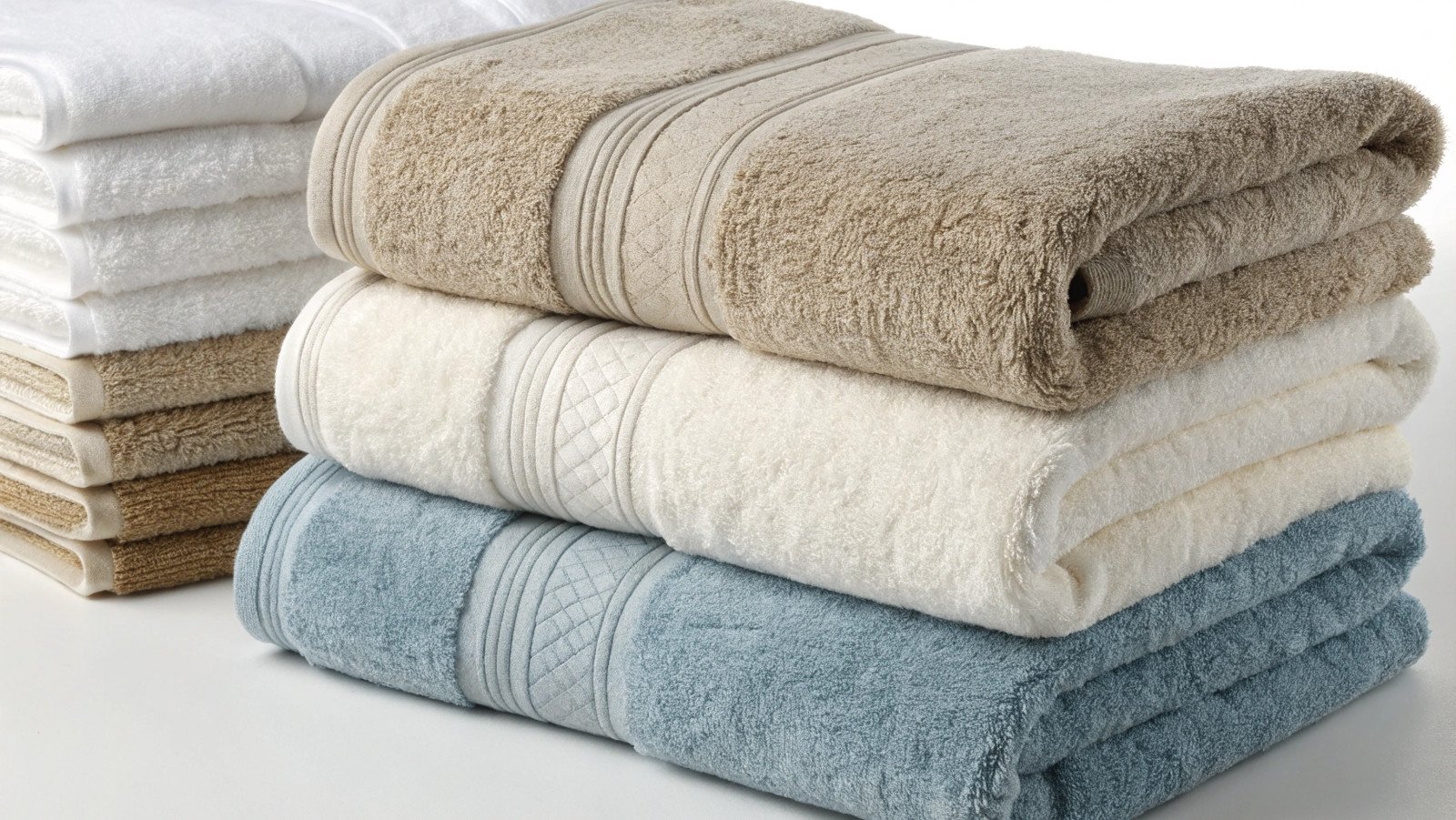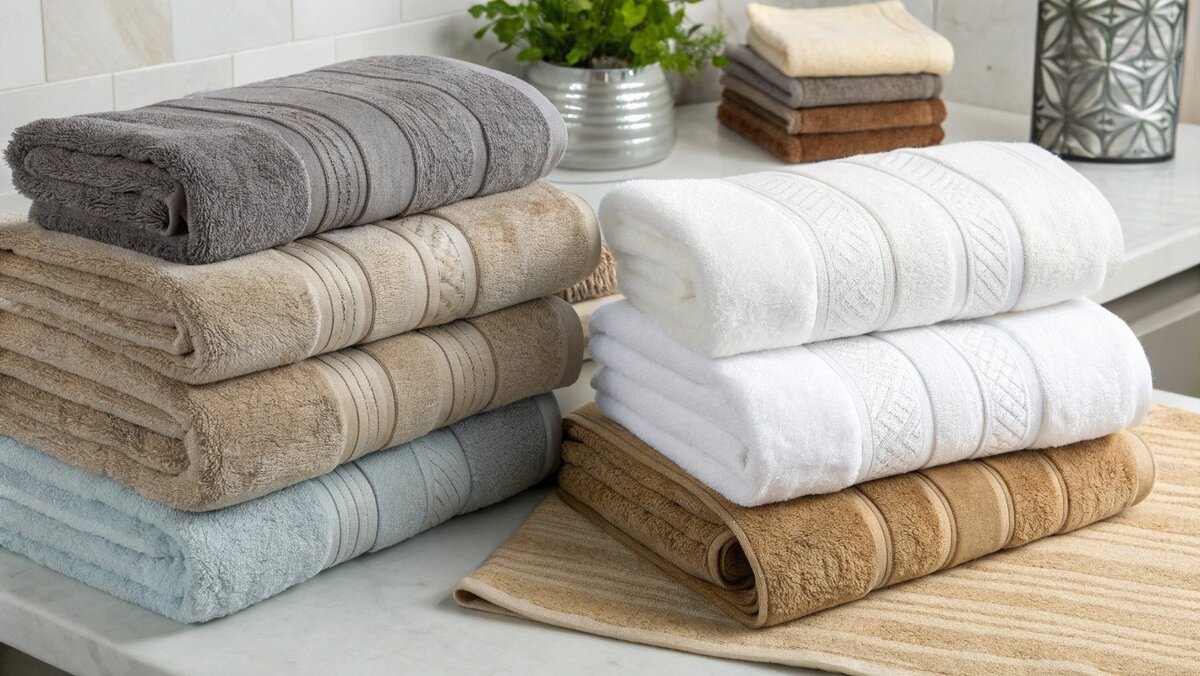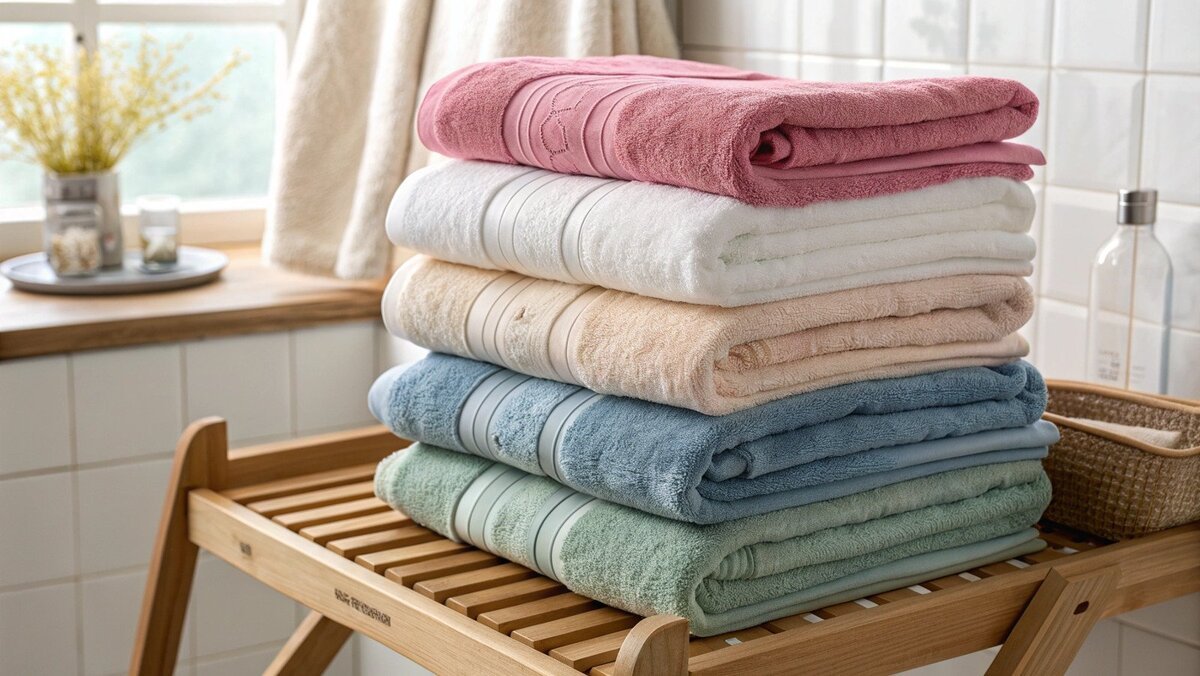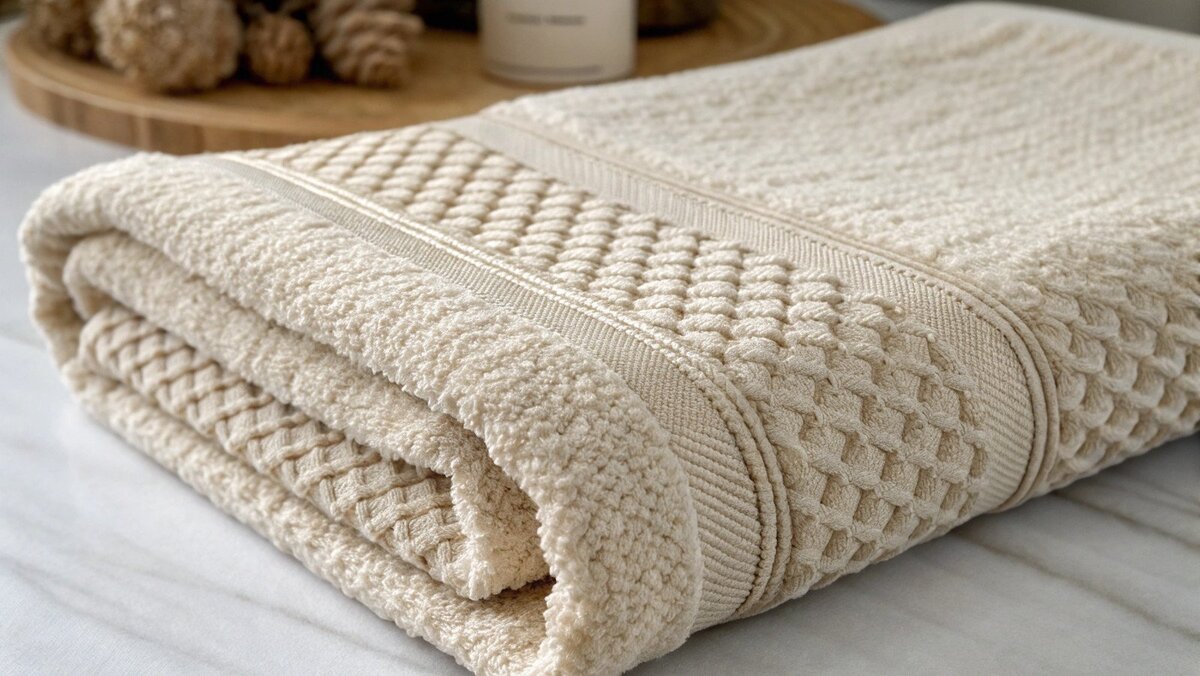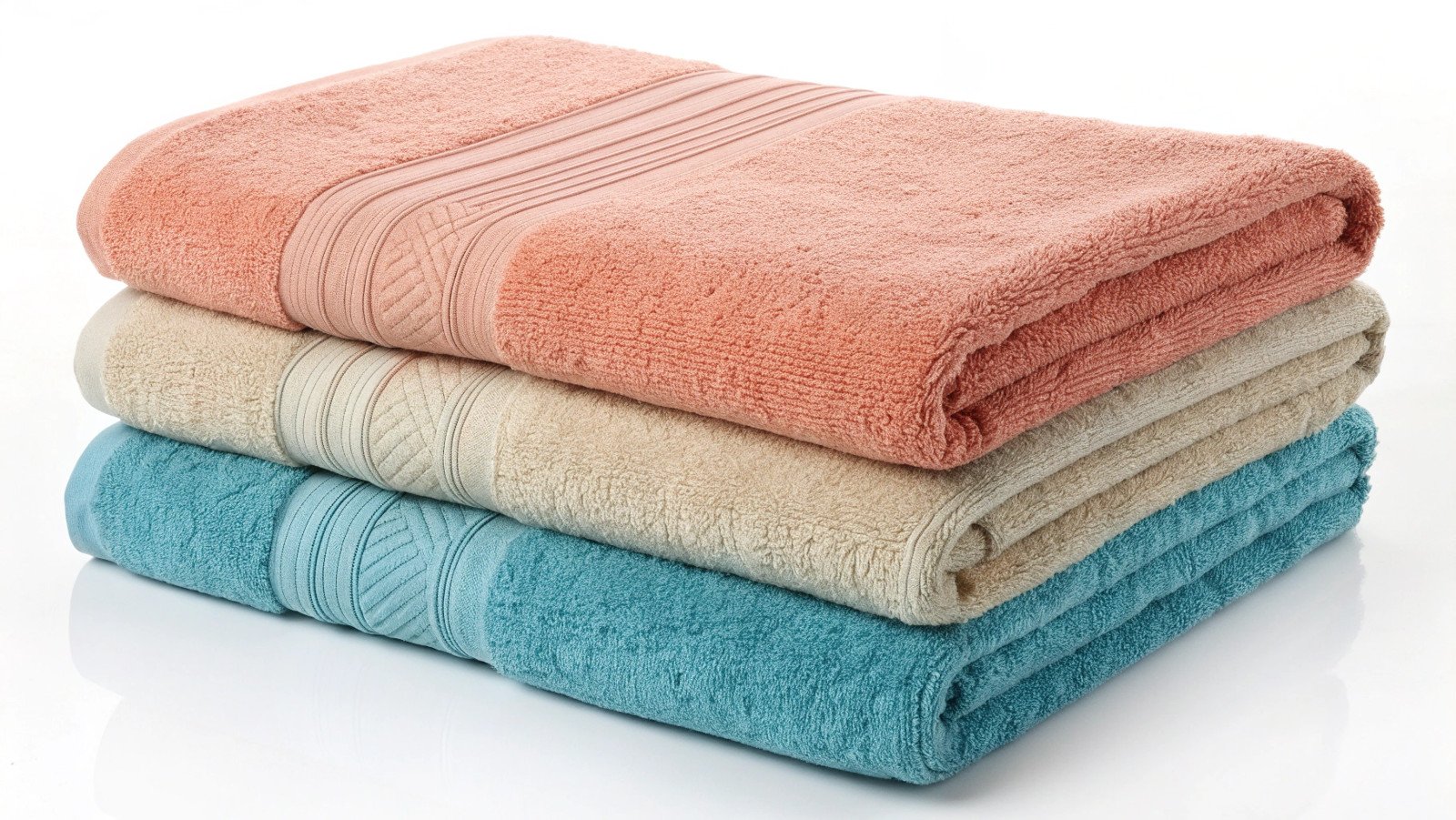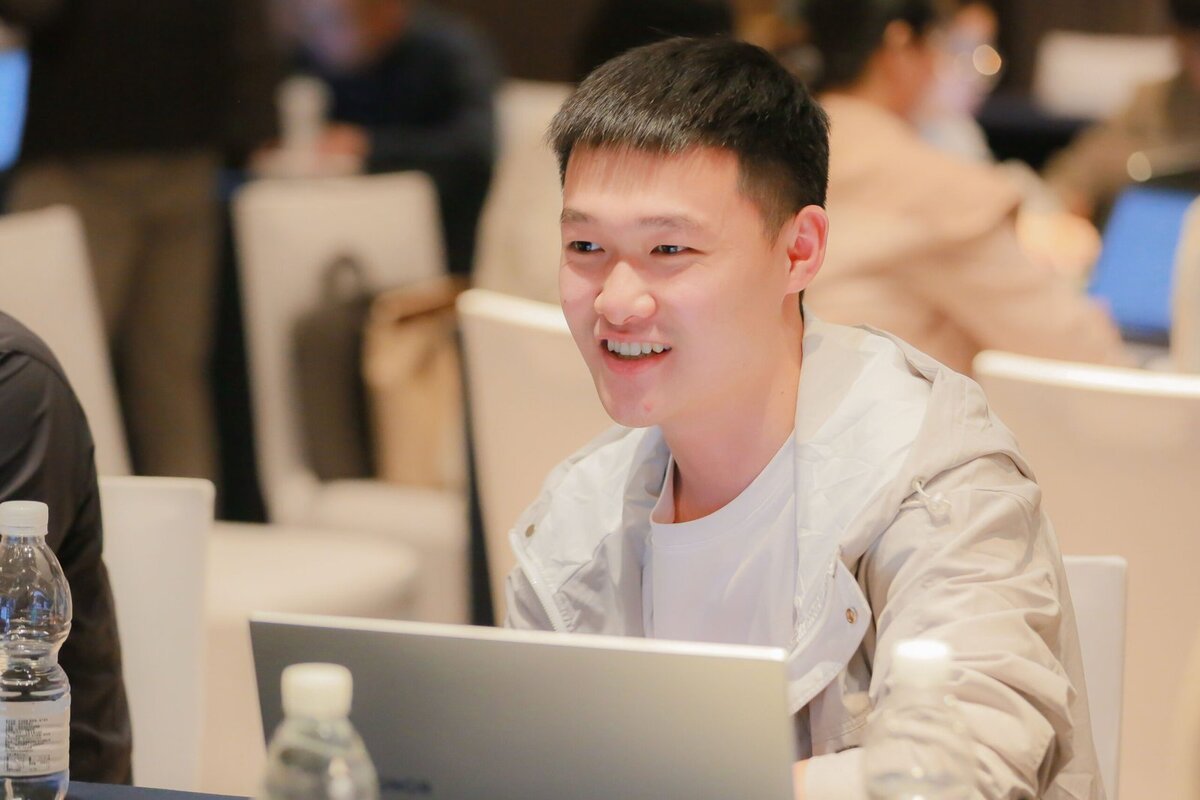Struggling with towels that just push water around? This leaves your customers feeling damp and disappointed. The secret to ultimate dryness lies in choosing the right towel material and construction.
For maximum absorbency, the best bath towels are made from 100% long-staple cottons like Egyptian or Pima. Key factors include the material, the fabric weight (GSM), and a looped terry weave. These elements work together to create a towel that soaks up water effectively.
But a towel’s ability to absorb water is more than just the cotton it’s made from. Factors like the density of the fabric and the way it’s woven play a huge role in how thirsty a towel is. It’s a science we’ve perfected over many years in the textile business. Let’s dive deeper into what really makes a towel absorbent and help you find the perfect option for your brand.
What kind of bath towels are the most absorbent?
Choosing the right material from a long list of options can feel confusing. If you make the wrong choice, you could end up with inventory that doesn’t meet your customers’ expectations. Let’s break down the top materials for absorbency.
For pure absorption power, towels made from 100% cotton—especially long-staple varieties like Egyptian or Pima—are the industry standard. Bamboo blends are also extremely absorbent and soft, while modern microfiber is engineered to pull water from surfaces quickly and efficiently.
When I consult with brands, the first question is always about the end-user’s experience. Are you aiming for pure luxury, eco-conscious performance, or fast-drying utility? The answer determines our starting point. At TowelTrend, we source and manufacture with all these materials, so I’ve seen firsthand how each performs.
Algodão: A escolha clássica
Cotton is the go-to fiber for towels for a simple reason: it’s naturally absorbent and strong. But not all cotton is created equal. The key is the "staple," or fiber length. Long-staple cottons like Egyptian and Pima have longer, finer fibers. This creates a towel that is not only thirstier but also softer, stronger, and less likely to leave lint behind. Standard cotton has shorter staples, making it a good, budget-friendly option, but it won’t have that premium feel.
Bamboo: The Eco-Friendly Contender
Bamboo towels are often a blend, typically 60/40 or 70/30 with cotton. This combination harnesses the best of both worlds. Bamboo fibers are known for being incredibly absorbent—some say even more so than cotton—and have a silky, soft feel. They also possess natural antimicrobial properties, which is a great selling point. We always ensure our bamboo fabrics are OEKO-TEX certified, guaranteeing they are free from harmful substances.
Microfiber: The Modern Innovator
Microfiber is a synthetic material, usually a blend of polyester and polyamide. Unlike cotton, which absorbs water into its fibers, microfiber’s ultra-fine threads create a net-like surface that traps water between them. This makes it exceptionally good at wicking away moisture and drying very quickly, which is why it’s a favorite for gym, travel, and hair towels.
| Material | Absorção | Sentir | Melhor para |
|---|---|---|---|
| 100% Algodão egípcio | Excelente | Plush, Luxurious | Premium hotel & spa lines |
| Algodão Pima | Muito alta | Soft, Durable | High-end retail, daily luxury |
| Algodão padrão | Bom | Varia | Budget-friendly, general use |
| Bamboo Blend | Excelente | Silky, Soft | Eco-conscious brands, baby towels |
| Microfibra | Muito alta | Smooth, Grippy | Gym, travel, hair towels |
What features make a bath towel dry you best?
Some highly absorbent towels can feel heavy and take forever to air dry. This creates a new problem: a damp, musty towel that isn’t fresh for its next use. A great towel must balance absorbency with a reasonable drying time.
The best towels for drying you quickly and effectively have a GSM (grams per square meter) between 500 and 700. In addition, towels made with a zero-twist or low-twist construction have more surface area, allowing them to absorb moisture from your skin much faster.
For years, I’ve guided clients through the technical specs of towels. It’s easy to think "more is better," but we’ve found there’s a sweet spot. The goal is to create a towel that feels substantial and does its job perfectly, then dries out in a reasonable time. This is where GSM and yarn twist become critical.
Compreensão GSM (Gramas por metro quadrado)
GSM is simply a measure of a towel’s density and weight. Think of it like thread count for sheets.
- 300-400 GSM: These are lightweight towels. They are less absorbent but dry very quickly. This makes them ideal for the gym, travel, or as kitchen towels.
- 400-600 GSM: This is the perfect range for everyday bath towels. They offer great absorbency and a soft feel but won’t take all day to dry. Most of our clients starting with a 500-piece order aim for this range.
- 600-900 GSM: These are heavy, luxurious towels. They are incredibly absorbent and feel like a warm hug. However, their density means they are slow to dry and can be heavy when wet, making them best suited for luxury hotels with commercial laundry facilities.
The Impact of Weave and Twist
The "twist" of the yarn refers to how tightly the cotton fibers are twisted together.
- Standard-Twist: This is a durable, common construction found in many towels.
- Low-Twist & Zero-Twist: This method uses long-staple cotton fibers, which are strong enough to be woven with very little twist. This opens up the fibers, creating much more surface area. The result is a towel that is exceptionally plush, lightweight for its thickness, and incredibly fast-absorbing. It’s a premium feature that customers can feel immediately.
Getting these two factors right—a mid-to-high GSM and a low-twist construction—is how you create a towel that doesn’t just absorb, but dries you off perfectly.
Does the towel’s weave affect how much water it absorbs?
You’ve selected a premium material and the perfect GSM, but the towel still isn’t performing as expected. This is frustrating and can damage your brand’s reputation. The towel’s construction, specifically its weave, is the final piece of the puzzle.
Yes, the weave is critical. A towel’s weave determines its surface texture and area, directly impacting its ability to absorb water. The traditional terry cloth weave, with its dense loops, is specifically designed for maximum absorption, making it the most common choice for bath towels.
I remember working with a client launching a boutique spa line. They loved the heavy feel of a high GSM terry towel but were worried about long drying times in their treatment rooms. We developed a towel using a premium cotton waffle weave. It provided the high-end, absorbent feel they wanted but dried much faster, solving a key operational problem for them. It’s all about matching the construction to the end-use.
Tecido felpudo: The Absorbency Champion
Terry cloth is what most people picture when they think of a towel. It is woven with large, uncut loops on both sides. These loops act like tiny sponges, dramatically increasing the surface area of the fabric to soak up large amounts of water. The height, density, and twist of these loops can all be customized. At TowelTrend, we can adjust these specifications to hit the exact performance and price point a brand is looking for.
Waffle Weave: The Quick-Drying Specialist
A waffle weave (or honeycomb) towel has a unique three-dimensional texture. The recessed squares and raised edges create a large surface area that is both absorbent and allows for excellent airflow. This means waffle towels not only absorb water well but also dry significantly faster than a dense terry towel of a similar weight. This makes them perfect for spas, gyms, and kitchens.
Other Weaves to Consider
- Veludo: A velour towel is a terry towel where the loops on one side have been sheared off. This creates a velvety, plush surface that is very soft but much less absorbent. It’s often used for beach and resort towels, where the velour side is for lounging and printing logos, and the terry loop side is for drying off.
- Ribbed: This design features channels or "ribs" woven into the towel, which is another way to add texture and increase surface area for better absorbency.
| Tipo de trama | Principais recursos | Benefício primário | Uso comum |
|---|---|---|---|
| Tecido felpudo | Dense Loops | Maximum Water Absorption | Bath, Hand, Face Towels |
| Waffle Weave | Honeycomb Pockets | Quick Drying & Absorbent | Spa, Kitchen, Lightweight Bath |
| Veludo | Sheared Loops | Plush Feel, Less Absorbent | Beach Towels, Decorative Towels |
| Ribbed | Textured Channels | Increased Surface Area | Multipurpose, Hand Towels |
So, what is the ultimate combination for the best absorbent towel?
With all these different factors—material, weight, and weave—it can feel like a lot to juggle. You need a clear, actionable answer to make a confident decision for your brand. Let’s put it all together to define the ideal towel.
The best absorbent towel combines premium material, optimal weight, and smart construction. A towel made from 100% long-staple cotton (like Pima or Egyptian) with a low-twist terry weave and a GSM between 600-700 offers the ultimate balance of absorption, softness, and durability.
This combination is what we often call the "blueprint" for a best-selling, top-tier towel. From my experience manufacturing for brands worldwide, this specific set of features consistently delivers the performance that earns rave reviews from end customers.
The "Holy Grail" Specs
To recap, the ideal combination for a supremely absorbent and luxurious bath towel is:
- Material: 100% Algodão de grampo longo (Pima or Egyptian)
- Tecido: Low-Twist or Zero-Twist Terry Cloth
- Peso: 600-700 GSM
Why This Combination Works
This formula works so well because each element enhances the others. The long-staple cotton provides the raw absorbent power and the strength needed for a low-twist construction. The low-twist weave opens up those strong fibers, creating a massive surface area that feels incredibly plush and drinks up water on contact. Finally, the 600-700 GSM gives the towel a satisfying, heavy feel without making it impractical for home drying.
Adjusting for Your Brand’s Needs
Of course, the "best" towel is the one that’s right for your specific market. My role is to help you adapt this blueprint.
- For a high-volume, quality-conscious line: We might use combed cotton with a standard twist at 550 GSM to balance cost and performance.
- For a sports brand: We’d pivot to a lightweight microfiber or a 400 GSM waffle weave for fast-drying utility.
- For a new brand testing the market: We can start with a 500-piece order of a 600 GSM Pima cotton towel to prove the concept before scaling up.
The blueprint is our starting point. From there, we work together to tailor a towel that perfectly fits your brand’s story and your customer’s needs.
Conclusão
To find the most absorbent towel, you must look beyond the material. The ideal choice is a perfect balance of premium cotton, a thirsty terry weave, and a substantial GSM weight.

